Pollution, flooding, and traffic jams are among the issues that many National Assembly delegates are concerned about in the group discussion session this morning, October 21.
Delegate Nguyen Anh Tri said that as a citizen of the capital, he is very happy to see Hanoi developing more and more. However, he believes that Hanoi must focus on solving the problem of water pollution in lakes and rivers, especially the To Lich River.
“It is time to stop living with the current pollution. All lakes are polluted, even large lakes like West Lake have a foul, rotten smell,” said delegate Nguyen Anh Tri.
Accordingly, Mr. Tri said that Hanoi has solved the problem of To Lich River by adding water from West Lake, but a more fundamental solution is needed because West Lake water is also a source of pollution. “I sincerely hope that Hanoi will focus highly on solving this problem,” Mr. Tri said.
Delegate Thich Bao Nghiem also expressed concern about the flooding situation during recent floods, including the flooding problem in Hanoi due to the impact of storms No. 10 and 11.
Sharing about this issue, delegate Nguyen Phi Thuong, member of the City Party Committee, Director of the Hanoi Department of Construction, said that under the direction of General Secretary To Lam , the issue of flooding and pollution has been included in the resolution of the next term by the Hanoi Party Committee. On October 20, the City People's Committee Party Committee also approved a list of action programs for implementation.
Mr. Thuong said that not only Hanoi, but also many cities in the world were affected by flooding. During the circulation of storms No. 10 and 11, in Hanoi, there were places and times when the rainfall was up to 500-600 mm, many times exceeding the design capacity of the drainage system. The city's drainage system is in the completion stage and only the To Lich river basin has been invested relatively completely, accounting for about 25%. This rate for the main pumping stations is about 20%.
The system of regulating lakes is similar. The city planned 5,400 hectares of regulating lakes but only invested in 1,010 hectares, accounting for more than 18%. The most complete basin is the To Lich River but it is only designed for rainfall of 310mm/s in two days.
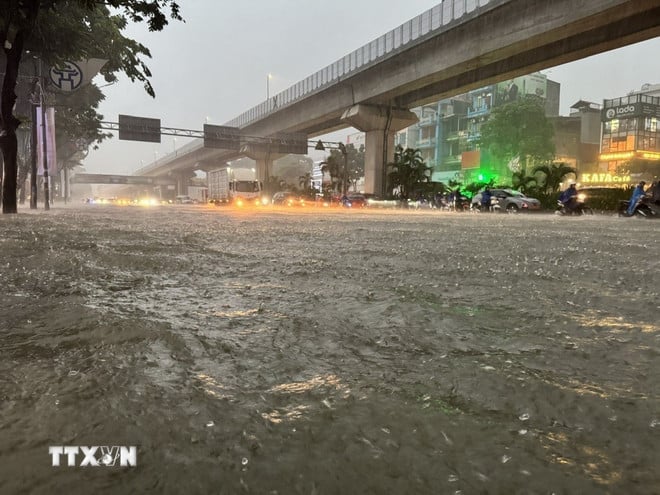
A flooded spot on Nguyen Trai Street, Hanoi. (Photo: Quoc Luy/VNA)
According to Mr. Thuong, Hanoi has officially approved a list of priority urgent investments to reduce flooding during the rainy season next year, including items such as dredging the river and lake system; investing in a series of 12 regulating lakes in the area, with priority given to the Ta Nhue and Huu Nhue areas to ensure water supply and drainage.
Water supply for To Lich River is also in the urgent project category. Mr. Thuong said that water supply for To Lich River only needs 3 cubic meters/second but the city has decided to universalize 5 cubic meters/second to be able to supply for Lu River and Set River as well. In addition to water supply through local canals and underground sewer system from Pham Van Dong Street, this system also helps to drain water for the entire 330ha area of Bac Tu Liem.
Regarding river pollution, in addition to replenishing water for the To Lich River to treat pollution in the To Lich River, Hanoi has a comprehensive program to dredge all rivers and lakes in the city. In addition to replenishing water from West Lake and the local canal system for the To Lich River, Hanoi also brings water from the Da River through the Tich River system to replenish water for the Day River and bring water into the system later. "By next December, we must complete and submit to the City People's Committee an initial report on urban drainage planning," said Mr. Thuong.
The Director of the Hanoi Department of Construction believes that Hanoi is a city located in the middle of a river, so it must be an adaptive city. Natural disasters and storms and floods are becoming more and more severe, so the design of the urban drainage system must be higher than a certain level to prevent them. In addition, there must be a system of standards and regulations related to urban design, waterproof construction materials, pond systems, and underground waterproof systems such as underground lakes that are also studied to support areas where other conventional measures cannot be used.
“Urban flooding is a very large overall program so fundamental solutions are needed in the coming time,” said Mr. Thuong.
Regarding traffic congestion, Mr. Thuong said that Hanoi has more than 8 million vehicles, including 6.9 million motorbikes and 1.1 million cars. “We have traffic congestion because the development of infrastructure cannot keep up with the growth of personal vehicles. Currently, the number of personal vehicles increases by about 5-10% each year, but the infrastructure development rate is only 0.3%, which is a very small number. Currently, the land area for traffic infrastructure is only over 12% while the standard for complete urban traffic infrastructure is 20%, so the traffic congestion situation is getting worse,” the Director of the Hanoi Department of Construction shared.
Mr. Thuong said that this afternoon, Hanoi will hold a workshop on solving the overall traffic problem in the city. “This is a very big story, we need to focus resources, focus on projects and goals to implement,” Mr. Thuong said./.
(Vietnam+)
Source: https://www.vietnamplus.vn/ha-noi-o-nhiem-ngap-ung-un-tac-giao-thong-giam-doc-so-xay-dung-noi-gi-post1071588.vnp


![[Photo] Prime Minister Pham Minh Chinh received Mr. Yamamoto Ichita, Governor of Gunma Province (Japan)](https://vphoto.vietnam.vn/thumb/1200x675/vietnam/resource/IMAGE/2025/10/21/1761032833411_dsc-8867-jpg.webp)
![[Photo] Prime Minister Pham Minh Chinh meets with Speaker of the Hungarian National Assembly Kover Laszlo](https://vphoto.vietnam.vn/thumb/1200x675/vietnam/resource/IMAGE/2025/10/20/1760970413415_dsc-8111-jpg.webp)
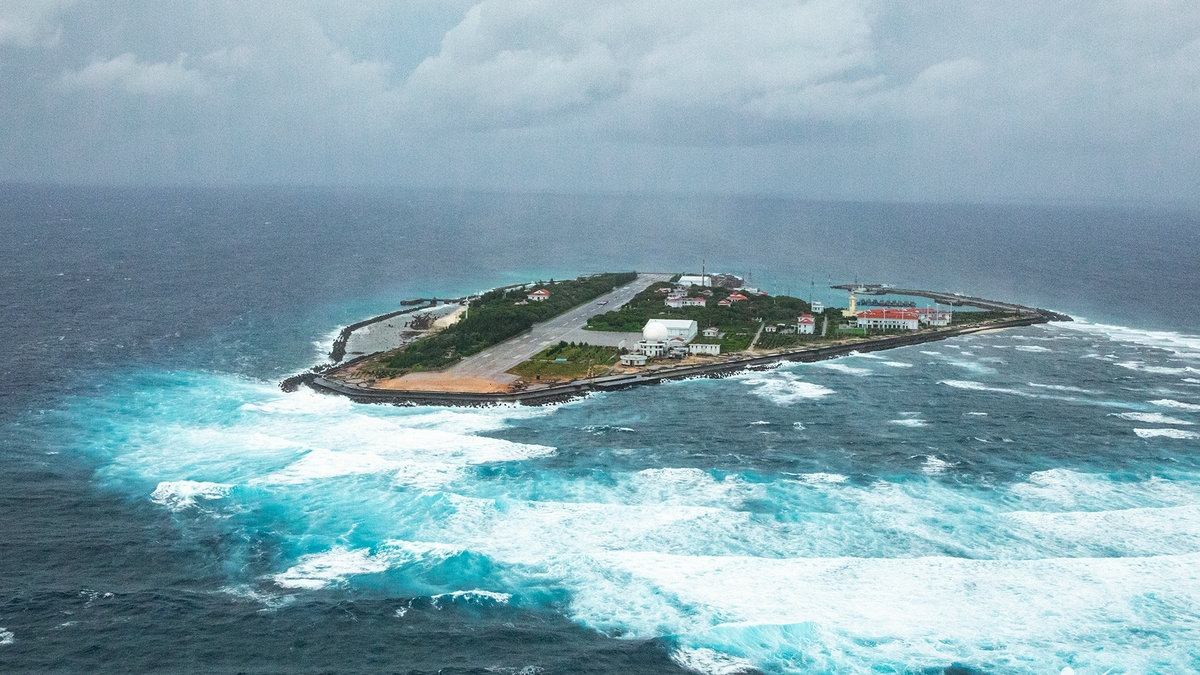
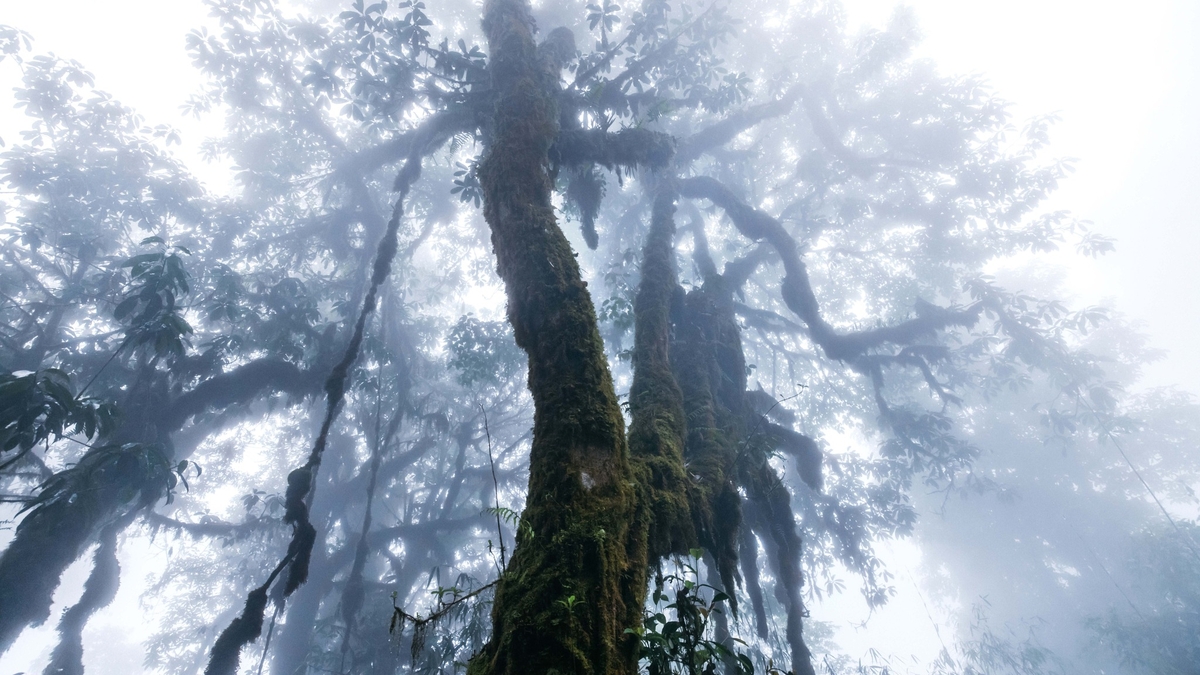
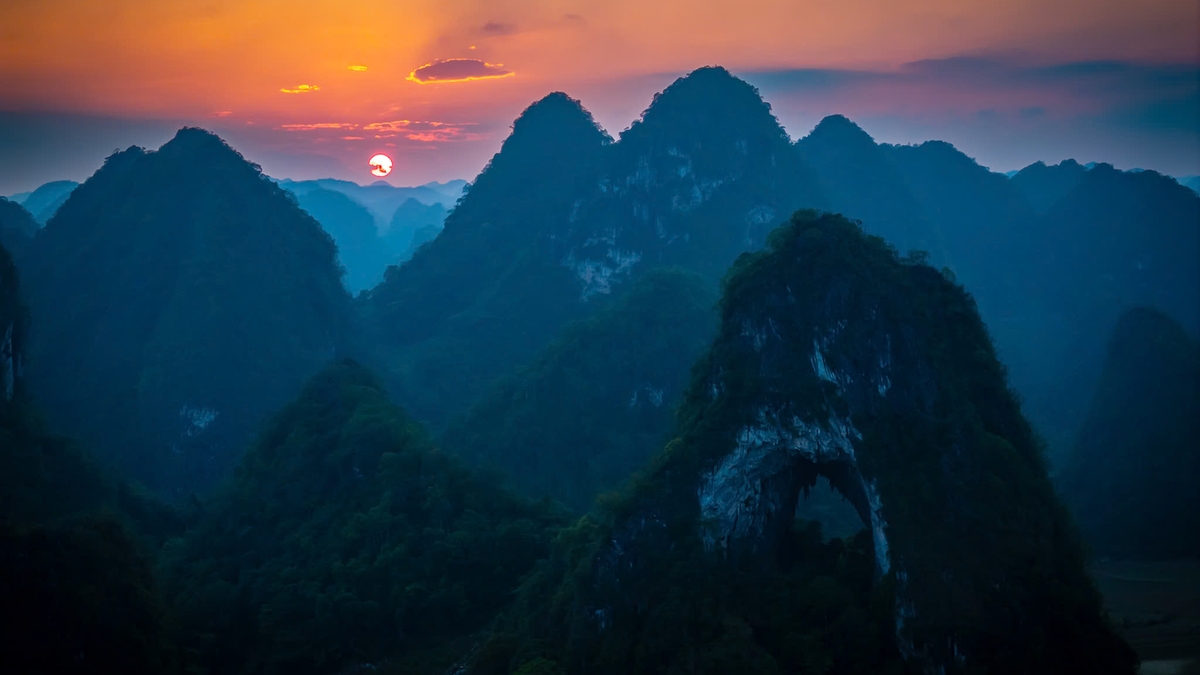
![[Photo] Da Nang residents "hunt for photos" of big waves at the mouth of the Han River](https://vphoto.vietnam.vn/thumb/1200x675/vietnam/resource/IMAGE/2025/10/21/1761043632309_ndo_br_11-jpg.webp)
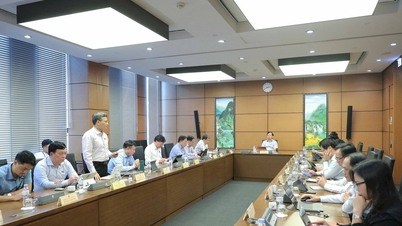

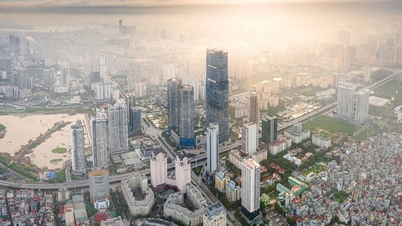

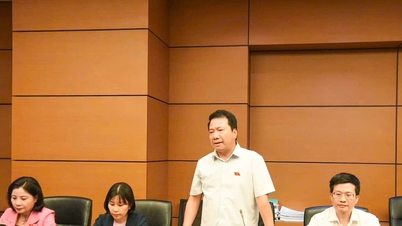
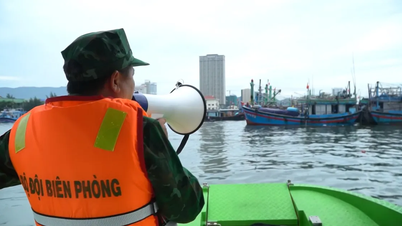



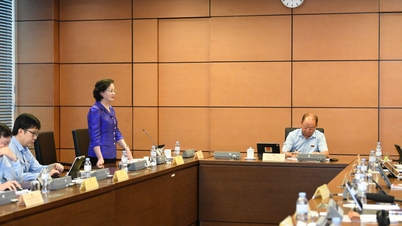

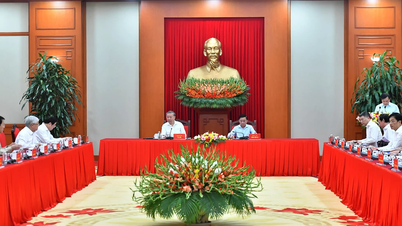


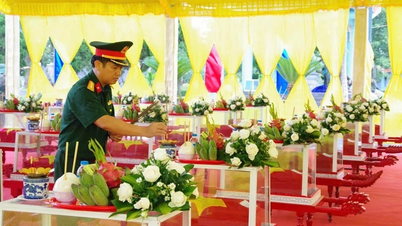
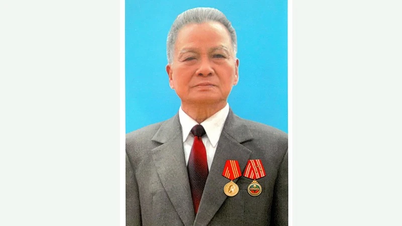
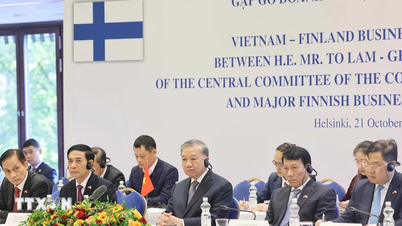
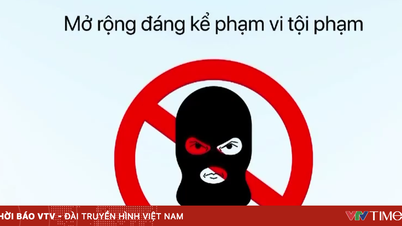






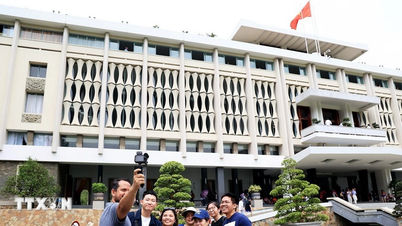
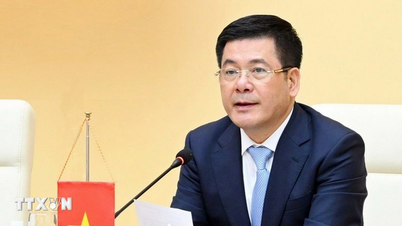
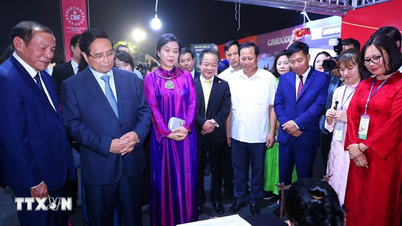
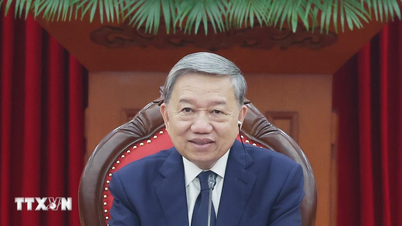
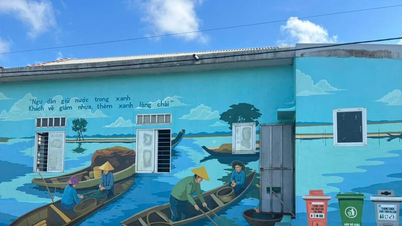



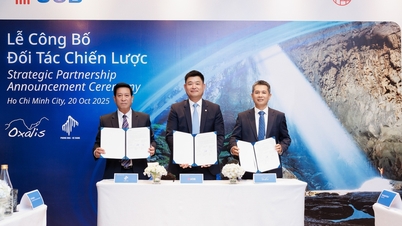



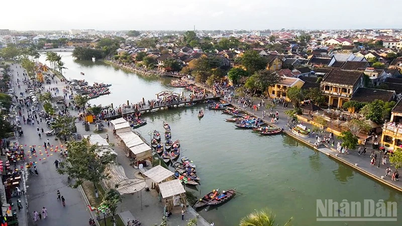




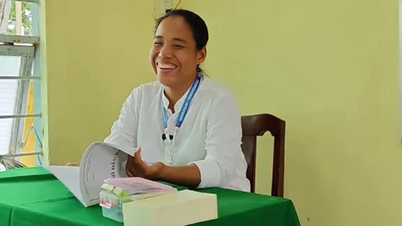
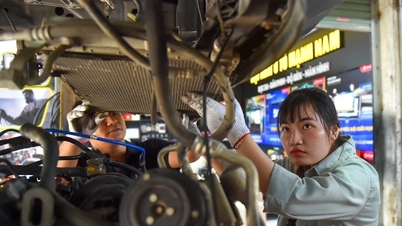

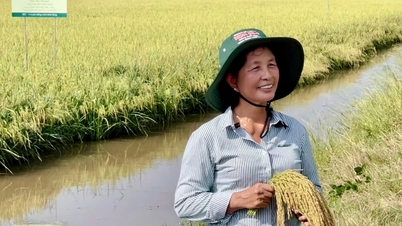

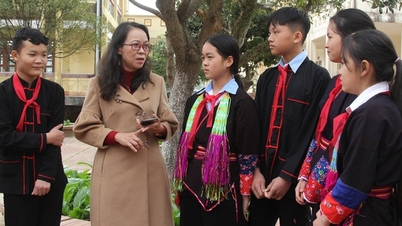

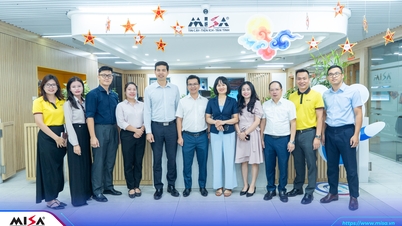


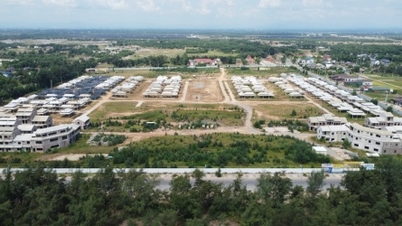




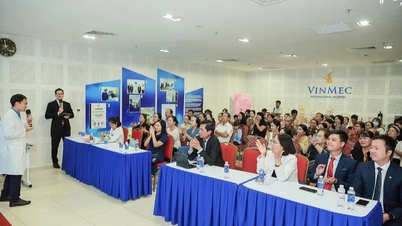






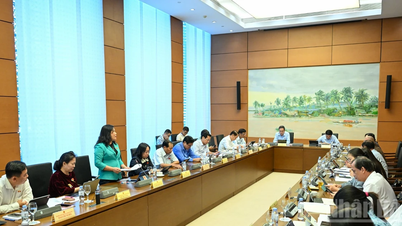
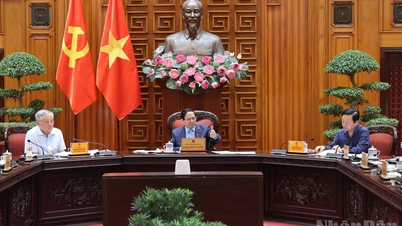
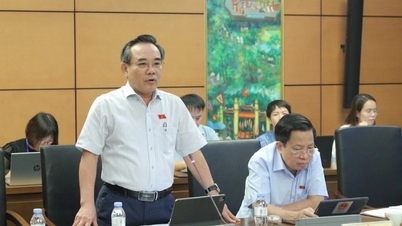
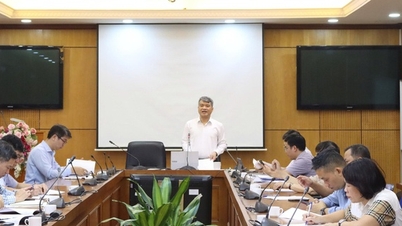
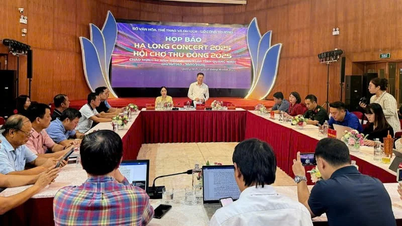



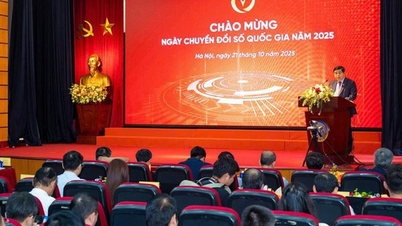


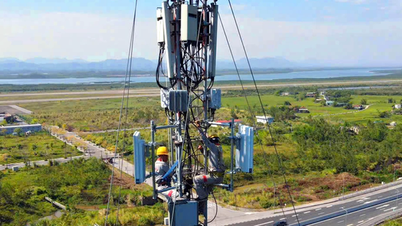
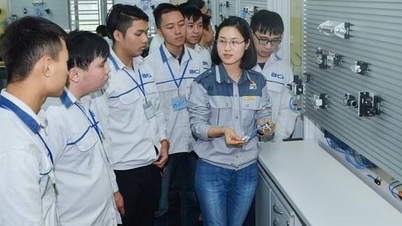
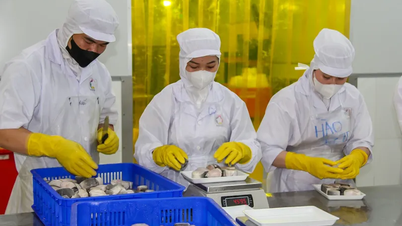

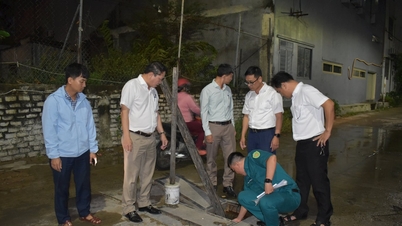

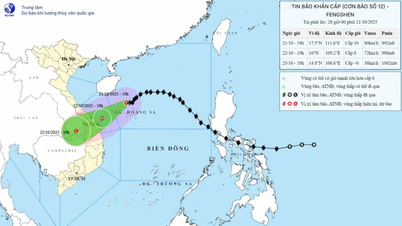

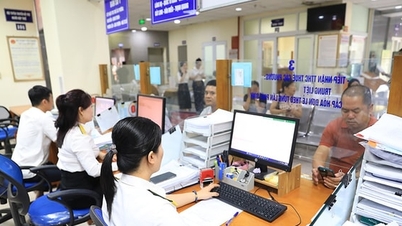

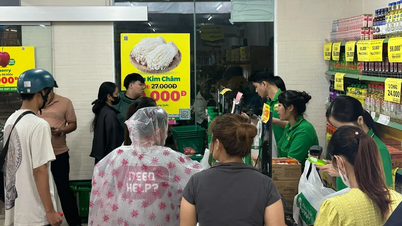
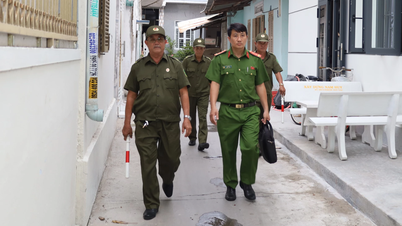














Comment (0)